
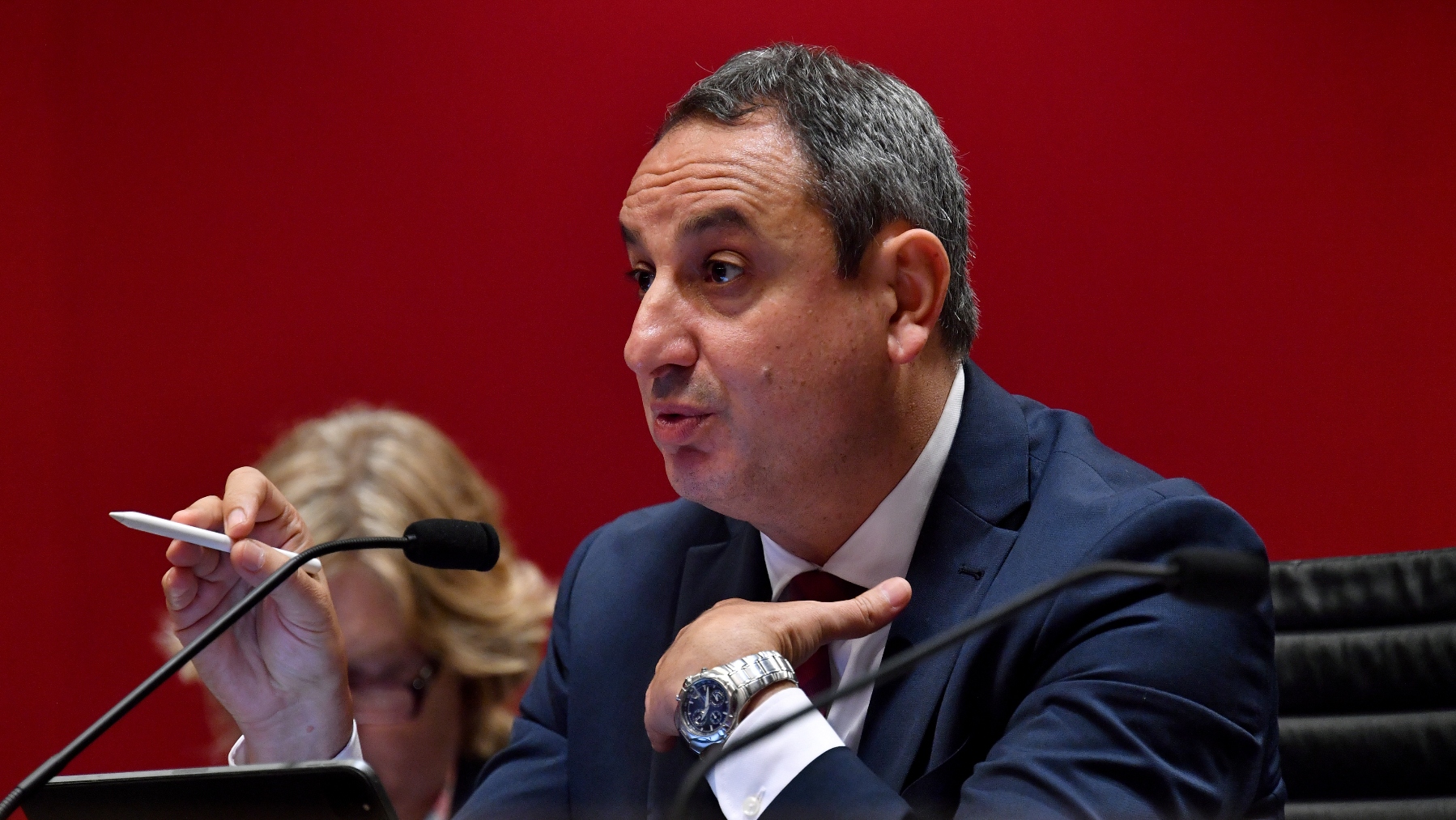
by CHRISTINE LAI
The NSW Department of Education has sparked outcry after announcing a slash to public school budgets by 1.25 per cent.
This decision follows the Department’s plan to encourage teachers to return to classrooms amid declining enrolment rates and a previous deal to make NSW public school teachers the highest paid in the country.
Secretary of the NSW Department of Education Murat Dizdar notified school principals of funding cuts on Tuesday. In addition, thousands of deputy and assistant principals will be forced back into teaching roles.
The NSW Department of Education secretary stated that spending across the education support teams has been reduced by $1.4 billion over the next 4 years.
“We have reduced spending on advertising and removed more than 600 contractors,” Dizdar said.
Public Outcry By Parents and Teachers
Concerned parents, educators, and advocacy groups have expressed their opposition, citing the detrimental ramifications this move could have on the quality of education state-wide.
In an interview with City Hub, an assistant principal at a primary school, who preferred to remain anonymous, shared insights on the future of public education post the significant funding reduction.
The assistant principal strongly criticised the announcement of the funding cuts, emphasising that this was just the beginning of numerous challenges and not something they had anticipated.
They also spoke about the immediate effects the funding cuts would have on their school, pointing to their need to withdraw the provision of Learning and Support programs to children.
The secondary school is currently aiming to teach the new English and Maths curriculum but is financially strapped and cannot afford the resources to “complement the units of work”.
Budget Cuts Threaten to Widen Educational Disparities
There are concerns that the budget cuts may widen the gap in educational opportunities, particularly impacting disadvantaged communities.
NSW Education Minister Prue Car informed principals on Tuesday of a decision to slash the School Budget Allocation Report (SBAR) by 1.25 per cent.
The SBAR provides government funding for public schools which assists in paying for teacher salaries and running maintenance costs.
“Upgrading school infrastructures will be heavily compounded as so many aspects of our schools need to be repaired or replaced. Building works, school halls, playground areas, logs and mulch for the safety of our students”, the assistant principal said.
“Playground equipment to provide stimulating outdoor exercise are always needing to be replaced. Hiring of temporary staff and providing Professional Learning experiences will be hugely impacted,” they added.
Another educator who preferred to remain anonymous described the consequences of reducing funding for public education as a significant setback.
“Teaching is already a demanding profession with expensive and often scarce resources along with high demands and responsibilities. To then cut funding further to a sector that is already underrepresented, understaffed, and facing impacts such as outdated infrastructure is going to have longer lasting consequences on schools, teachers, and the students and their families,” they stated.
Declining Enrolment Figures Plague Public Schools
New figures released by the NSW Department of Education revealed public school enrolment rates across NSW had fallen for a fourth year in row.
There has been an increase in households moving to private, religious and independent schools.
Total enrolment across government schools have dropped by more than 24000 since Covid. Despite an overall rise in student enrolments across the state, the figure peaked at 810,705 in 2020, only to decline to 786,434 in 2023.
Critics of the NSW Department of Education’s announcement have argued that such austerity measures are bound to result in larger class sizes, reduced resources for students, and decreased support for teachers.
The educator also highlighted the high demand for substitute and casual teachers, given the diverse range of students requiring support and the persistent shortage of teachers.
“Cutting funding will have an effect on hiring of these assets and significantly impact the learning of students”, they stated.
NSW Principals’ Council President Craig Petersen said the degree to which schools would be affected would vary, according to size of their student body, and whether they receive additional flexible funding if they have students with disabilities, refugees or Aboriginal students.
Risk of schools shutting down
Schools that have exceeded their allocated staff quota may be unable to afford to pay those additional teachers.
Craig Petersen highlighted, “The worst case means schools may not be able to employ some of the teachers in the programs they were running”.
City Hub asked the assistant principal on whether there were strategies to mitigate the effects of these funding reductions, to which they replied, “At this moment our principal has not had the time to address these issues in detail as it’s the 2nd last day of term and we are just keeping our heads above water.”
The assistant principal emphasised that their school would now need to direct their attention to “thinking about alternatives and priorities to the cuts.”
“Not a great way to start a new term. Staff morale is already low – the demands on teachers are extraordinary and this will have a huge impact on our social and emotional stability,” they asserted.
The funding reduction will impact all schools, except for small schools, Schools for Specific Purposes (SSPs) catering to students with intellectual disabilities and other significant learning and support needs, as well as Intensive English Centres.
The government has assured that the funding reform will not touch P & C funds, community funds, spending from schools’ allocated budgets, or previously transferred funds.
As pressure builds on authorities, there’s a growing call for a re-evaluation of their position and a renewed focus on prioritising the welfare of both students and educators.
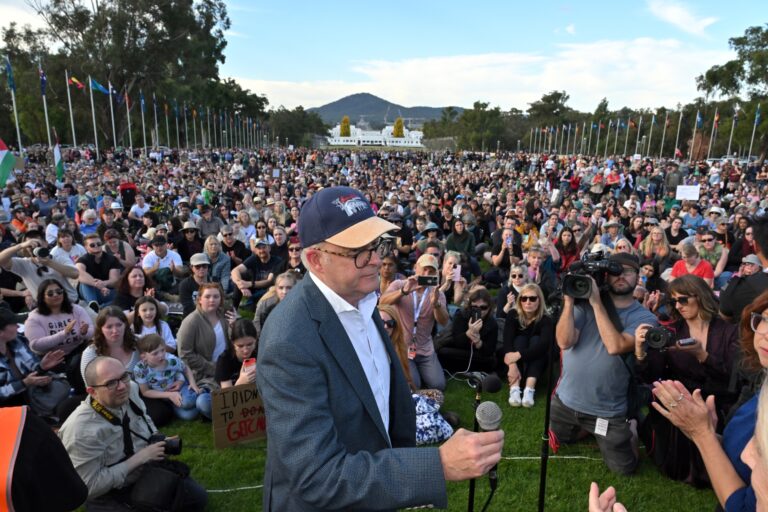



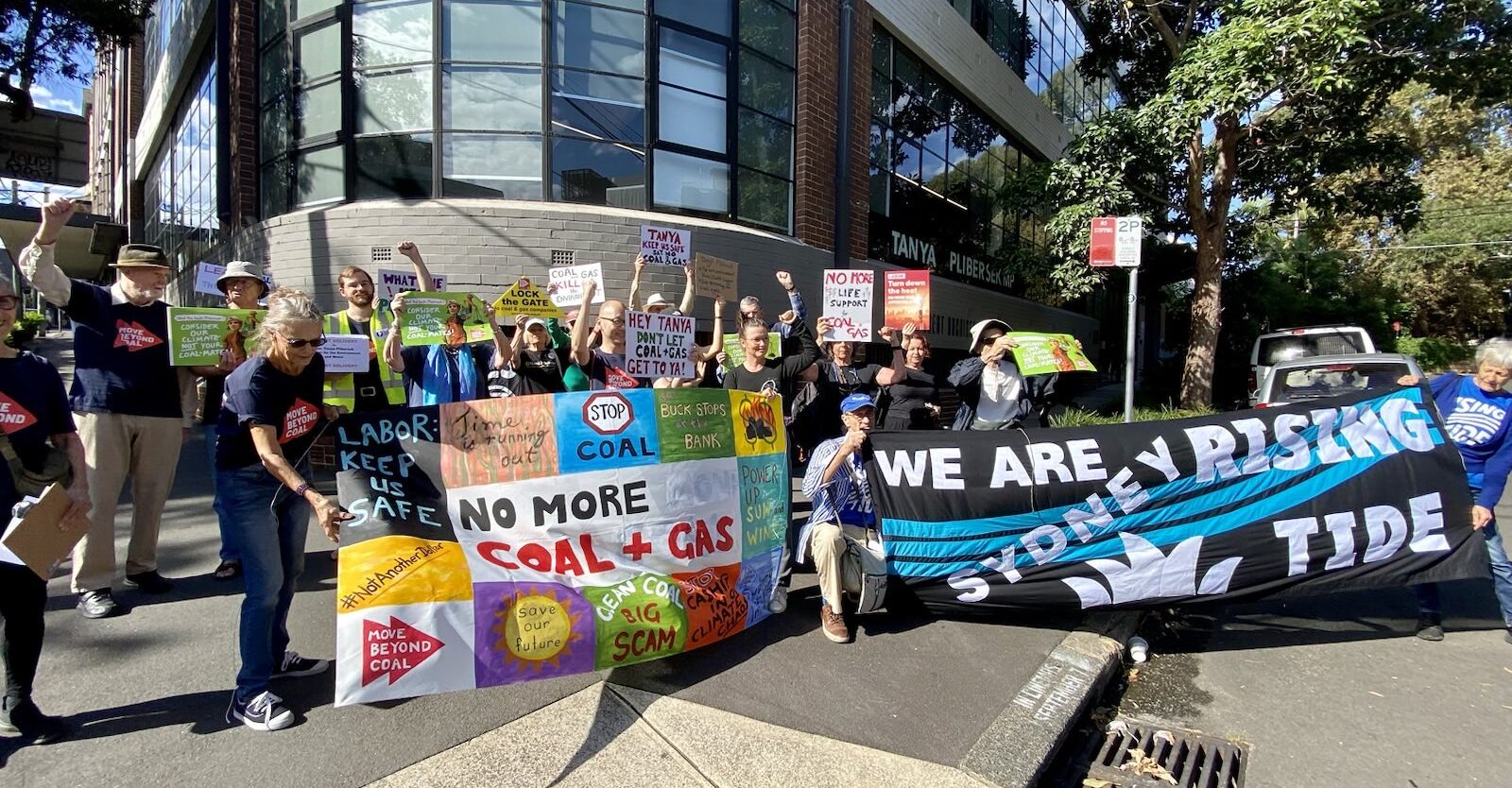
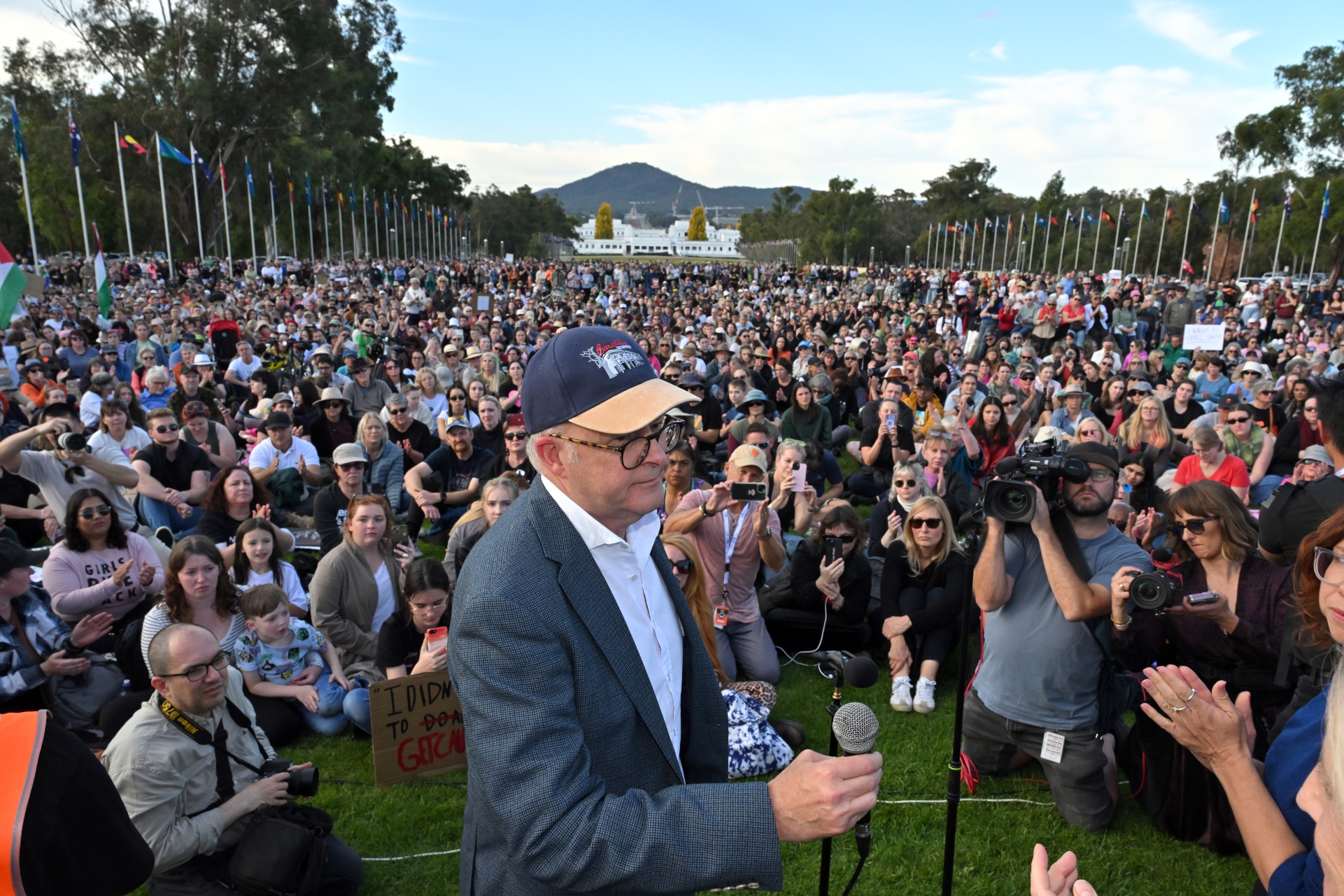


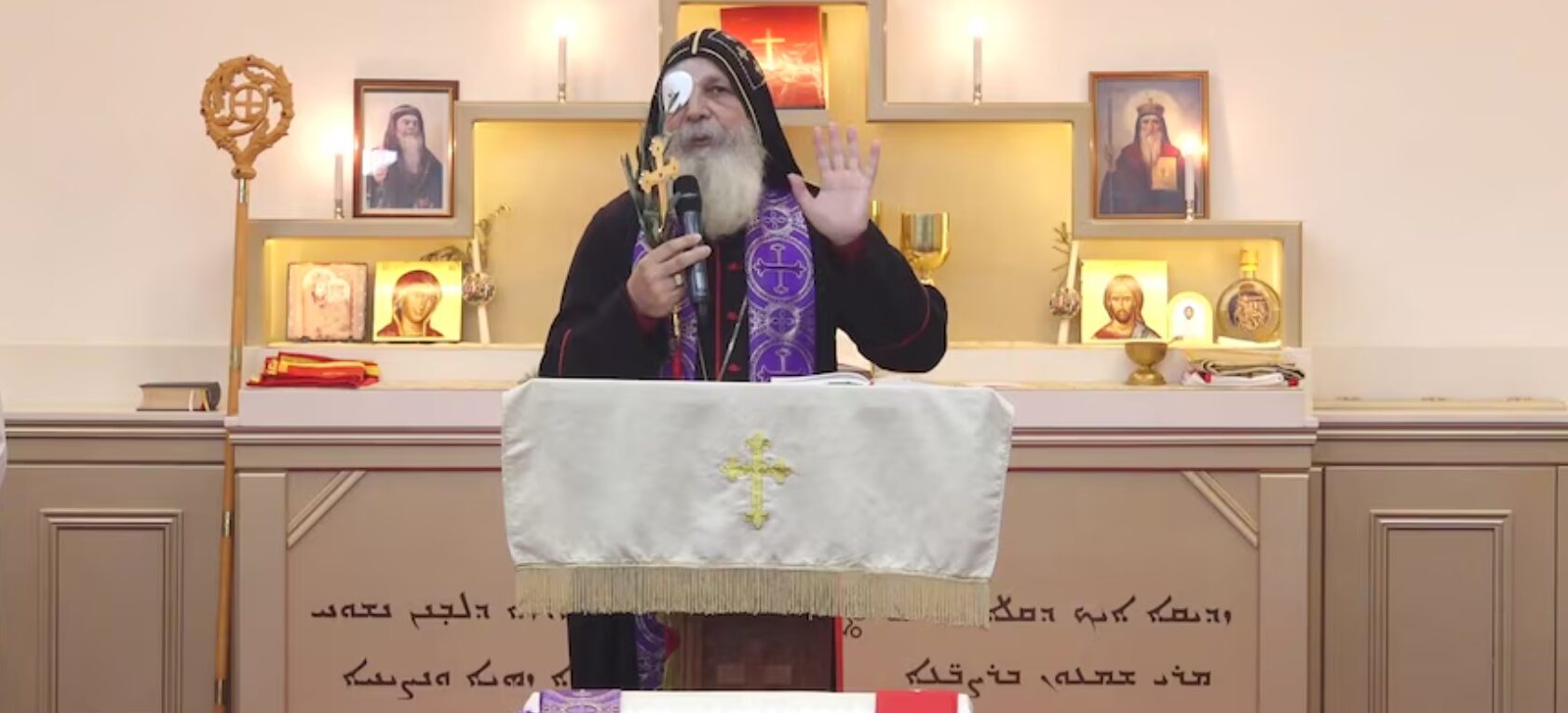
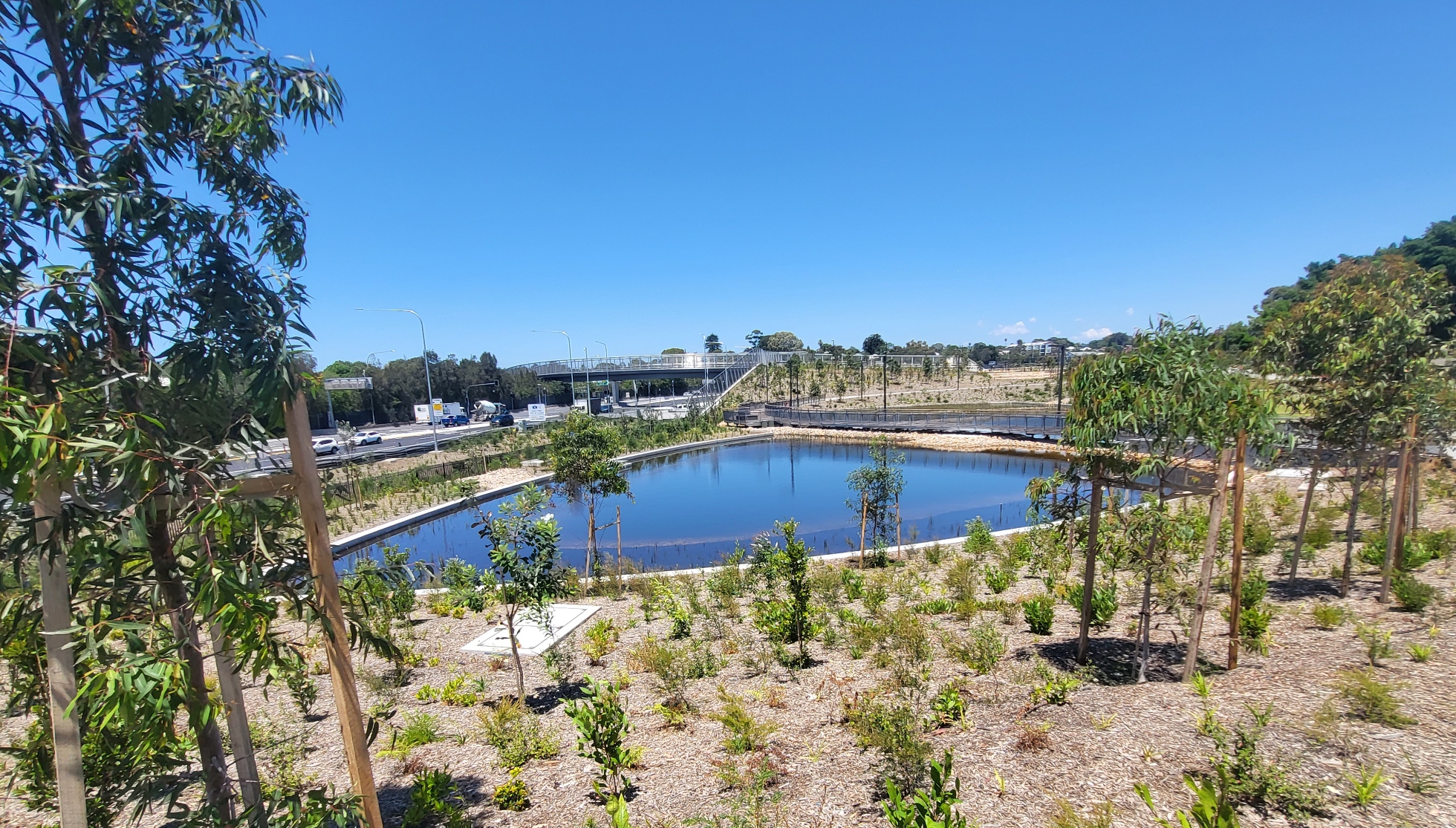
Leave a Reply